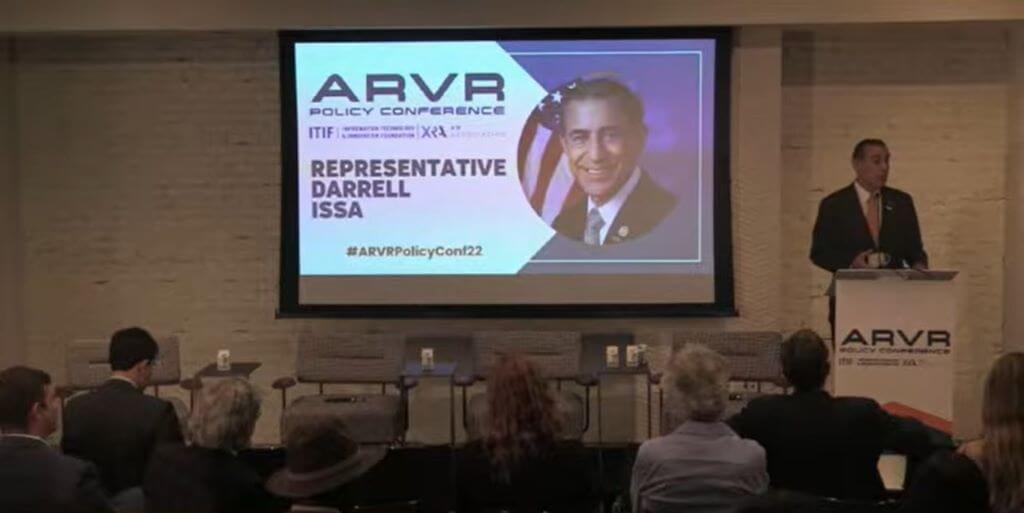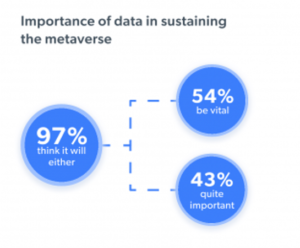The 2nd Annual AR/VR Policy Conference
The second annual AR/VR Policy Conference took place this Wednesday, September 14, in Washington D.C., accompanied by a live stream on YouTube. The event, once again hosted by Information Technology Innovation Foundation and the XR Association, followed last year’s all-virtual event. Registration for both events was free, regardless of in-person or virtual attendance. As a proud media partner of the AR/VR Policy Conference, here’s the ARPost recap – though you can also watch the complete event on YouTube. Welcome and Keynote The marathon session lasted from 11 AM to 5 PM local time, though in-person attendants also had access to a networking social following the conclusion of the sessions. There was also a demo floor for participating companies to showcase their XR for good projects. Elizabeth Hyman’s Welcome Address The AR/VR Policy Conference started off with a welcome address by XRA CEO Elizabeth Hyman. Hyman praised ITIF as a partner



